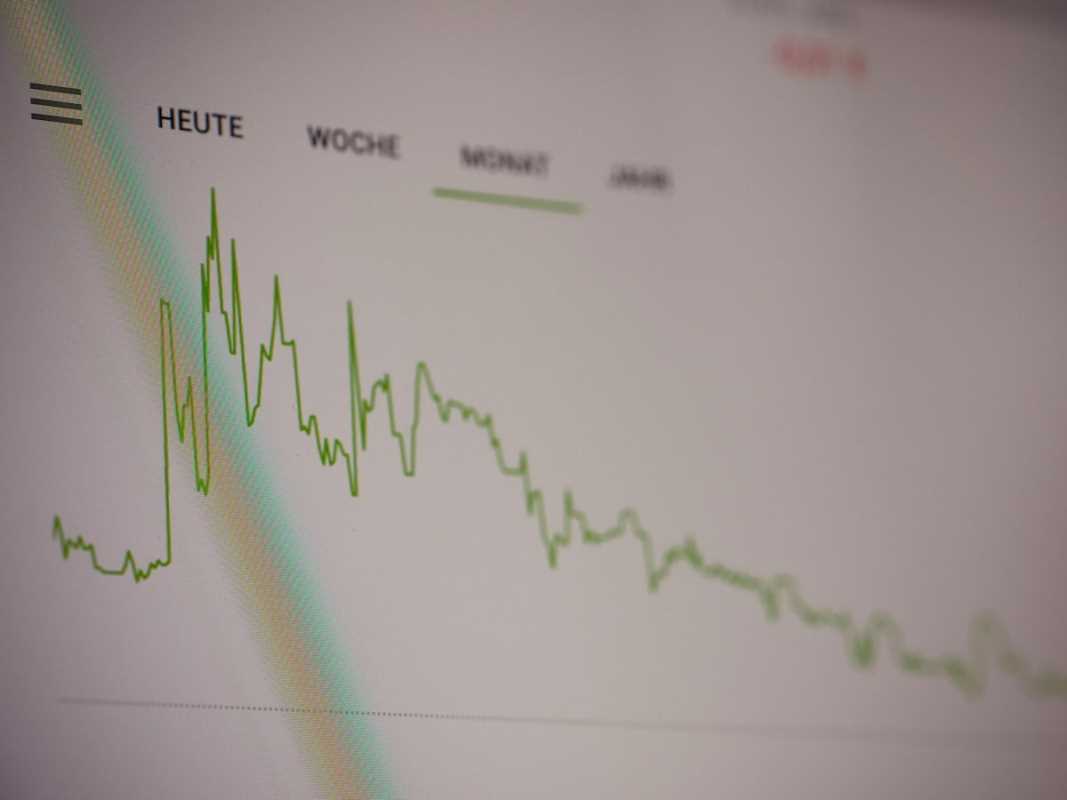Emerging markets present great opportunities for investors looking to diversify their portfolios and capitalize on higher growth rates. However, with great opportunity often comes higher risk.
Political instability, fluctuating currencies, and evolving regulations are just some of the factors that can make these investments tricky. However, it’s possible to invest in emerging markets thoughtfully and with manageable risk. Here’s a step-by-step guide to help you approach this exciting, yet complex, area of investing.
Understand What Emerging Markets Are
Emerging markets are nations with economies that are in the process of rapid industrialization and growth but haven’t reached the same level of maturity and stability as developed economies like the United States or Germany. Countries such as India, Brazil, and Indonesia fall into this category.
These markets often exhibit strong growth potential driven by rising populations, expanding middle classes, and increasing consumption rates. However, they also tend to be more volatile and carry risks you might not face when investing in more established markets.
The Key Risks of Investing in Emerging Markets
Before we jump into ways to manage those risks, it’s essential to understand what they are:
- Political instability can create unpredictable investment environments.
- Currency fluctuations may weaken the returns on your foreign investments.
- Lower regulatory standards can increase the risk of fraud or corporate governance missteps.
- Economic dependence on commodity prices often makes emerging markets sensitive to global demand.
Keeping these risks in mind doesn’t mean you should turn away from emerging markets entirely. Instead, it highlights the importance of a cautious, well-researched approach.
Steps to Invest in Emerging Markets Without Taking on Too Much Risk
1. Diversify Your Portfolio
When it comes to managing risk, diversification is non-negotiable. Instead of putting all your eggs in one basket, spread your investments across different regions, industries, and asset types within emerging markets.
For example, if you’re considering Latin America, balance your exposure by investing in various countries like Brazil, Mexico, and Colombia. Pair this with sector diversification by targeting both tech startups and more stable sectors like energy or manufacturing.
This approach protects you from significant losses if one country or industry faces a downturn.
2. Invest Through Exchange-Traded Funds (ETFs) or Mutual Funds
One of the easiest and safest ways to invest in emerging markets is through ETFs or mutual funds. These financial products pool money from multiple investors to buy a diversified set of assets, such as stocks or bonds from emerging economies.
Benefits of ETFs and Mutual Funds:
- Built-in diversification reduces the impact of any single company’s or country’s underperformance.
- Professional management ensures your investments are guided by experienced fund managers who have expertise in navigating emerging market risks.
- Accessibility allows even small investors to gain exposure to these fast-growing economies.
Funds like the iShares MSCI Emerging Markets ETF offer broad exposure to multiple countries while maintaining a focus on risk management.
3. Research the Local Environment
Investing in emerging markets requires a deeper level of research compared to developed economies. Beyond standard company fundamentals, thoroughly investigate:
- Political climate – Are there upcoming elections or recent tensions that could destabilize the economy?
- Economic policies – What monetary or fiscal measures are being implemented by the government?
- Currency trends – Is the local currency stable, or is it subject to frequent devaluation against the dollar?
Online resources, financial news, and even reports from reputable global financial institutions can provide valuable insights into these factors.
4. Limit Your Exposure
While the high growth potential of emerging markets can be appealing, it’s essential not to over-allocate your portfolio. Experts often recommend keeping your emerging market exposure to no more than 10% to 15% of your overall portfolio.
This conservative allocation balances risk while still providing the opportunity to reap the rewards of these markets’ growth. If you’re considering making a larger investment in emerging markets, ensure that your risk tolerance and long-term goals align with this decision.
5. Be Wary of Volatility and Time Your Investments
Emerging markets are inherently more volatile than developed ones, with frequent swings in asset prices. For this reason, many investors use strategies like dollar-cost averaging to minimize the impact of market fluctuations. This involves investing a fixed amount of money at regular intervals, regardless of the asset's price. Over time, this method averages out the cost of your investments and reduces the effect of short-term volatility.
Additionally, timing can be crucial. Look for opportunities to enter these markets after periods of correction or when valuations are relatively low. That said, avoid relying purely on market timing, as it’s difficult to predict consistently.
6. Keep an Eye on Currency Risks
Currency risk is an often-overlooked factor in emerging market investing. If the local currency depreciates significantly against the U.S. dollar, your returns could take a hit, even if the assets themselves perform well.
One way to manage this risk is to look for funds or bonds that hedge against currency fluctuations. Some ETFs include built-in strategies to protect against this type of volatility, offering a cushion for investors.
7. Stay Updated on Global Trends
Emerging markets are deeply influenced by global trends such as U.S. interest rates, commodity prices, and global trade policies. For instance, rising oil prices might benefit energy exporters like Russia but hurt oil-importing nations like India. Similarly, changes in Federal Reserve rate policies could impact borrowing costs for some emerging countries.
Keeping an eye on these macroeconomic factors can help you anticipate and understand potential risks to your investments.







